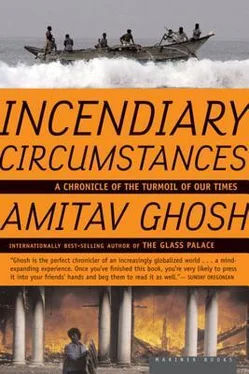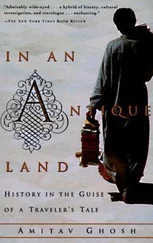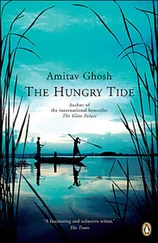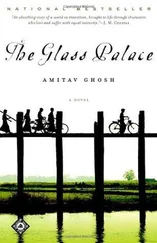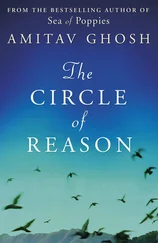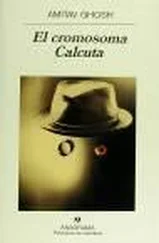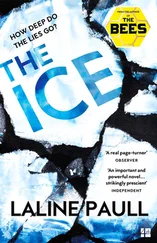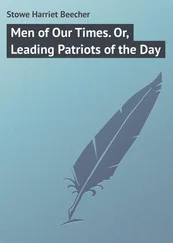Never had a wilderness seemed so utterly vanquished.
Often those RVs have striking names: Winnebago, Itasca… The names of the dispossessed tribes of the Americas hold a peculiar allure for the marketing executives of automobile companies. Pontiac, Cherokee — so many tribes are commemorated in forms of transport. It is not a mere matter of fashion that so many of the cars that flash past on the highways carry those names, breathing them into the air like the inscriptions on prayer wheels. This tradition of naming has a long provenance: did not Kit Carson himself, the scourge of the Navajo, name his favorite horse Apache?
There are many of them on Route 160, those memorials to the first peoples of the Americas, bearing number plates from places thousands of miles away — New York, Georgia, Alaska, Ontario. Having come this far, everybody wants to see the only point where four states meet.
There cannot be many places in the world quite as beautiful as the stretch of desert, mountain, and canyon that sprawls over the borders of the four states of Colorado, Utah, New Mexico, and Arizona. For the people who inhabited it at the time of the European conquest — the Diné, who came to be known as the Navajo — it was Diné Bikeyah, the country of the Diné, a land into which the First Beings climbed from the Underworlds through a female reed. To them it was the Fourth World, known as the Glittering.
Route 160 runs through some of the most spectacular parts of the Glittering World: around the caves and canyons of Mesa Verde and through the spectacular mesas that border on Monument Valley. Curiously, its one dull stretch comes when it dips south of the little town of Cortez and heads toward the Four Corners monument. The landscape turns scraggy and undecided, not quite desert and not quite prairie, knotted with dull gray-green scrub, and desert scarred by a few shallow ravines and low cliffs.
That is why it is impossible to miss the Four Corners monument.
It springs up out of nowhere, perched atop nothing, framed by the only stretch of dull country in the region. There is nothing remotely picturesque about its surroundings — no buttes, no mesas, not even a salience of rock or an undulation in the plain. With the greatest effort of the imagination it would not be possible to persuade oneself that this may once have been, like so many places in the Glittering World, a haunt of the Spider Woman or the Talking God or the Hero Twins. Legends of that kind need visible metaphors — wind-scarred buttes or lava fields — to attach themselves to the landscape. For the Four Corners monument the landscape does not exist; it sits squatly on the scrub like a thumbtack in a map, unbudging in its secular disenchantedness.
There is something majestic and yet uneasy about the absoluteness of its indifference to this landscape and its topography. It is simply a point where two notional straight lines intersect: a line of latitude, 37 degrees north, and a line of longitude, 109 degrees and 2 minutes west, the thirty-second degree of longitude west of Washington. These two straight lines form the boundaries between the four states. These lines have nothing whatever to do with the Glittering World; their very straightness is testimony to a belief in the unpeopledness of this land — they slice through the tabula rasa of the New World, leaving it crafted in their own image, enchanted with a new enchantment, the magic of Euclidean geometry.
The center of the Glittering World was Diné Tah, which lay around Largo Canyon, about eighty miles southeast of the Four Corners monument. To the Navajo it was the sacred heartland of their country. The first time they left it en masse was in the 1860s, after Colonel Kit Carson and the U.S. Army reduced them to starvation by scorching the earth of their Glittering World. Carson felt no personal animosity toward the Navajo. He is said to have commented once, "I've seen as much of 'em as any white man livin', and I can't help but pity 'em. They'll all soon be gone anyhow." He was an unlettered man, given to expressing himself plainly. Unlike him, his commanding officer, General James H. Carleton, had had the benefits of an education. He was therefore able to phrase the matter more dispassionately, clothed in the mellow light of current trends in science and theology: "In their appointed time He wills that one race of men — as in races of lower animals — shall disappear off the face of the earth and give place to another race… The races of the Mammoths and Mastodons, and great Sloths, came and passed away: the Red Man of America is passing away."
The Navajo were forced to march to an "experimental" camp at the Bosque Redondo. It was soon clear, however, that the experiment was not going to work, and in 1868 a commission headed by General William T. Sherman was sent to New Mexico to decide what was to be done with the Navajo. Addressing the commission, the Navajo leader, Barboncito, said, "When the Navajo were first created, four mountains and four rivers were pointed out to us, inside of which we should live, that was to be our country and was given to us by the first woman of the Navajo tribe." Later he said to the general, "I am speaking to you now as if I was speaking to a spirit and I wish you to tell me when you are going to take us to our country." They were permitted to return later the same year. Of their return, Manuelito, the most renowned of the Navajo war chiefs, said afterward, "We felt like talking to the ground, we loved it so." They were back in Diné Bikeyah, where every butte and mesa pointed to the sacred center of Diné Tah.
The Four Corners monument evokes a center too, in its own way. But that central point, the point from which its line of longitude takes its westerly orientation, that central zero degree from which its distance can be so exactly calculated, lies in another landscape, on another continent — far away in Greenwich, England. It is that distant place that the monument unwittingly celebrates.
The monument itself is modest by the standards of monuments in the United States. There is a wide, paved plaza, with plenty of parking space for cars and RVs. On the peripheries there are rows of stalls, manned by people from the neighboring Ute and Navajo reservations.
In the center of the plaza is a square cement platform fenced off by aluminum railings. There is a state flag on each side of the square and, towering above them, a flag of the United States of America, on an eagle-topped mast. Two straight lines are etched into the cement; they intersect neatly at the center of the platform. Somebody has thoughtfully provided a small observation post at one end of the square. There would be little point, after all, in taking pictures of the Four Corners if you couldn't see the two lines intersect. And to get them properly into your frame, you have to be above ground level.
You have to queue, both for your turn at the observation post and to get into the center of the platform. If there are two of you, you have to queue twice at each end, unless you can get somebody to oblige you by taking your picture (and that is easy enough, for there are no friendlier people in the world than American tourists). But queuing is no great trial anyway, even in the desert heat, for everyone is good-humored, and it is not long before you find yourself engaged in comparing notes on campgrounds and motels with everyone around you.
There is a good-natured spirit of competition among the people who walk into the center of the cement platform: everyone tries to be just a little original when posing for their photographs. A young couple kiss, their lips above the center and each of their feet in a different state. Another couple pose, more modestly, with one foot on each state and their arms around each other's shoulders. Six middle-aged women distribute themselves between the states, holding hands. An elderly gentleman in Bermuda shorts lets himself slowly down onto his hands and knees and poses with an extremity on each state and his belly button at the center. This sets something of a trend; a couple of middle-aged women follow suit. In the end a pretty teenage girl carries the day by striking a balletic pose on one leg, her toes dead center on the point where the lines intersect.
Читать дальше
